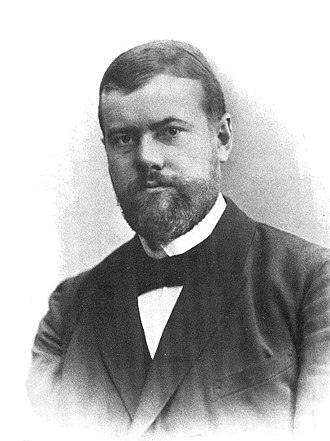
Over the summer and autumn of 2020, I’ve been catching up and rereading several important books on the New Testament, especially those that have approached their subjects from a sociological standpoint. Those works led me to others (sometimes the bibliography is more worthwhile than the book itself), and so on.
I remember reading Jonathan Z. Smith and noticing what he had actually written did not correspond well with what Robert M. Price had told us he wrote. Price has continued to insist for many years that Smith didn’t understand Weberian ideal types and that if an instance of a type did not conform exactly to the type, then we had to discard the instance.
Yet, in Drudgery Divine we observe in Smith’s writing an honest effort to categorize unique events within frameworks of classification. In fact, he pushed against “uniqueness” as a modern concept, too often used as an excuse to mystify, a lazy justification not to compare, for example, one event with another.
Let us be clear at the outset. There is a quite ordinary sense in which the term ‘unique’ may be applied in disciplinary contexts. When the historian speaks of unique events, the taxonomist of the unique differentium that allows the classification of this or that plant or animal species, the geographer of the unique physiognomy of a particular place, or the linguist of each human utterance as unique, he or she is asserting a reciprocal notion which confers no special status, nor does it deny–indeed, it demands–enterprises of classification and interpretation. A is unique with respect to B, in this sense, requires the assertion that B is, likewise, unique with respect to A, and so forth. In such formulations ‘uniqueness’ is generic and commonplace rather than being some odd point of pride. In my language, I would prefer, in such instances, the term ‘individual’, which permits the affirmation of difference while insisting on the notion of belonging to a class. [pp. 36-37, emphasis mine]
He tackled the subject of categorization and classification in greater depth in his 1982 work, Imagining Religion. When trying to explain what a religion is and how one particular religion fits within a framework of categorization, we often stumble on the problem of necessary and sufficient criteria. He wrote: Continue reading “Did Jonathan Z. Smith Really Not Understand Ideal Types? (Part 1)”

